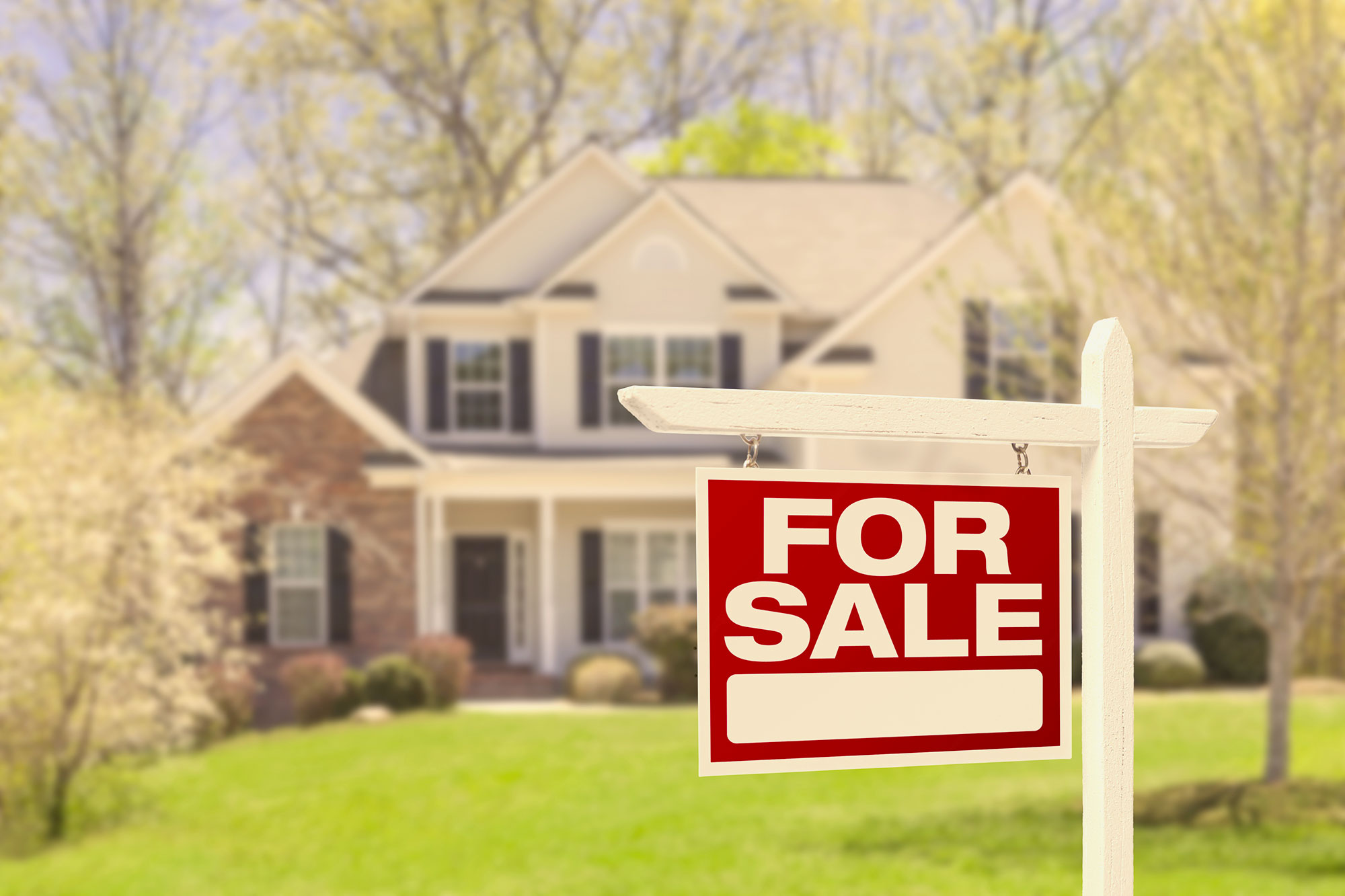The Future of Property: Trends and Opportunities to Watch
As the genuine estate landscape develops, it becomes increasingly vital to understand the emerging patterns and possibilities that will certainly specify the sector in the coming years. Technological innovations are improving transactional procedures, while an expanding concentrate on sustainability shows transforming customer top priorities. Additionally, demographic shifts and the increase of remote job are affecting real estate choices, specifically in suburbs. With these characteristics at play, a closer evaluation of the adaptations and methods needed for success exposes fascinating possibilities that can improve financial investment strategies and market behaviors.
Technological Innovations in Real Estate
Over the last few years, the property sector has actually welcomed a wave of technical advancements that are transforming traditional techniques. These developments have substantially improved efficiency, openness, and decision-making processes within the sector. One of one of the most notable innovations is the surge of huge data analytics, which allows realty professionals to examine market trends, predict building values, and identify financial investment opportunities with extraordinary precision. This data-driven method makes it possible for stakeholders to make informed choices and decreases the threats linked with home purchases.
Additionally, digital truth (VIRTUAL REALITY) and augmented truth (AR) innovations are reinventing residential property advertising and marketing by supplying immersive experiences for prospective customers and renters. These devices allow clients to conduct virtual trips of residential or commercial properties, therefore streamlining the search process and improving client interaction. Blockchain innovation is acquiring traction as a means to secure deals and maintain transparent documents, therefore reducing scams and accelerating the closing process.
Smart home technologies are also becoming significantly widespread, enabling property owners to monitor and control their residential or commercial properties remotely (Real Estate Lockhart). Collectively, these technological developments are reshaping the landscape of property, fostering an extra effective, clear, and customer-centric sector
Demand for Lasting Properties
As customers progressively focus on environmental duty, the demand for lasting homes has surged in the property market. This shift mirrors a wider societal fad toward sustainability, with investors and property buyers seeking properties that decrease environmental influence while taking full advantage of power efficiency. Functions such as solar panels, energy-efficient home appliances, and lasting structure products are now considered as necessary as opposed to optional.

In addition, the surge of eco-friendly communities, which prioritize walkability and access to public transport, better highlights this pattern. These advancements appeal to environmentally aware customers and promote a healthier lifestyle.
As the demand for lasting homes continues to climb, market stakeholders need to adjust to these expectations. By focusing on and welcoming innovative practices sustainability, the realty market can not only satisfy consumer need however also read add to a much more sustainable future.
Changing Customer Demographics

In addition, the maturing populace is improving demand for housing. Baby boomers are looking for scaled down residences that use accessibility and reduced upkeep, commonly preferring metropolitan settings with close-by services. This change requires a concentrate on multi-generational housing solutions that accommodate differing demands.
Moreover, cultural variety is playing a crucial function in real estate patterns. As these demographic shifts proceed to progress, real estate experts must adapt their techniques to resolve the needs of these varied customers (Real Estate Lockhart).
Rise of Remote Job Effect
Increasingly, the surge of remote job is changing the property landscape, motivating significant shifts in customer choices and area options. As staff members take pleasure in the versatility of working from home, many are reassessing their residential needs, causing a rise sought after for residential or commercial properties in country and country locations. This trend is mainly driven by the wish for even more sizable living environments that can accommodate home workplaces and learn this here now a better lifestyle.
In addition, city facilities, as soon as the centerpiece for customers, are witnessing a gradual decline sought after as people focus on cost and accessibility to nature. Subsequently, real estate developers and investors are moving their focus toward buildings that use home workplace areas, outside services, and closeness to essential solutions.
Genuine estate specialists need to adjust to the changing preferences of customers, emphasizing the significance of way of living aspects in their marketing strategies. The effects of remote work on genuine estate are extensive, shaping future fads and opportunities.
Investment Opportunities in Arising Markets
Investment possibilities in emerging markets are constantly standing out from investor looking for diversity and growth capacity. These markets, identified by rapid economic growth, boosting urbanization, and an expanding center class, present distinct leads for savvy financiers. Nations in Southeast Asia, Africa, and Latin America are observing significant facilities renovations and beneficial federal government plans, which further enhance their allure.
Property markets such as household, commercial, and logistics are experiencing heightened demand because of urban migration and progressing customer preferences. Notably, cities like Ho Chi Minh City, Nairobi, and Medellín are coming to be hotspots for investment because of their broadening economic situations and younger demographics.
Capitalists ought to carry out thorough market evaluations to identify key trends, such as shifts in populace characteristics and financial security, which can affect home values. Additionally, collaborations with regional genuine estate firms can assist in successful entrance and navigation in these markets.
Nevertheless, it's critical to be conscious of potential risks, consisting of political instability and governing difficulties. By evaluating these elements and embracing a long-lasting point of view, financiers can successfully capitalize on the rewarding opportunities arising in these establishing regions.

Verdict
To conclude, the future of actual estate will be substantially influenced by technical developments, a growing focus on sustainability, and developing buyer demographics. The increase of remote work is reshaping real estate choices, particularly in suv locations. Emerging markets present substantial financial investment chances for stakeholders willing to adjust to these changes. Browsing this changing landscape will call for calculated collaborations and a keen understanding of market characteristics to profit from the trends forming the industry.
As the actual estate landscape develops, it ends up being increasingly necessary to understand the arising fads and opportunities that will define the market in the coming years. One of the most significant developments is the increase of big data analytics, which permits check my reference actual estate professionals to assess market patterns, anticipate building values, and determine financial investment chances with unmatched precision.As customers increasingly prioritize ecological obligation, the demand for lasting residential properties has actually surged in the genuine estate market. The ramifications of remote job on genuine estate are extensive, forming future patterns and chances.
Financial investment chances in arising markets are continually bring in attention from actual estate capitalists looking for diversity and development capacity.